Abstract
The capsular ligaments of the apophyseal joints are arranged to provide maximum resistance to flexion. They can support about twice body weight in the young although their strength decreases with age.
Full text
PDF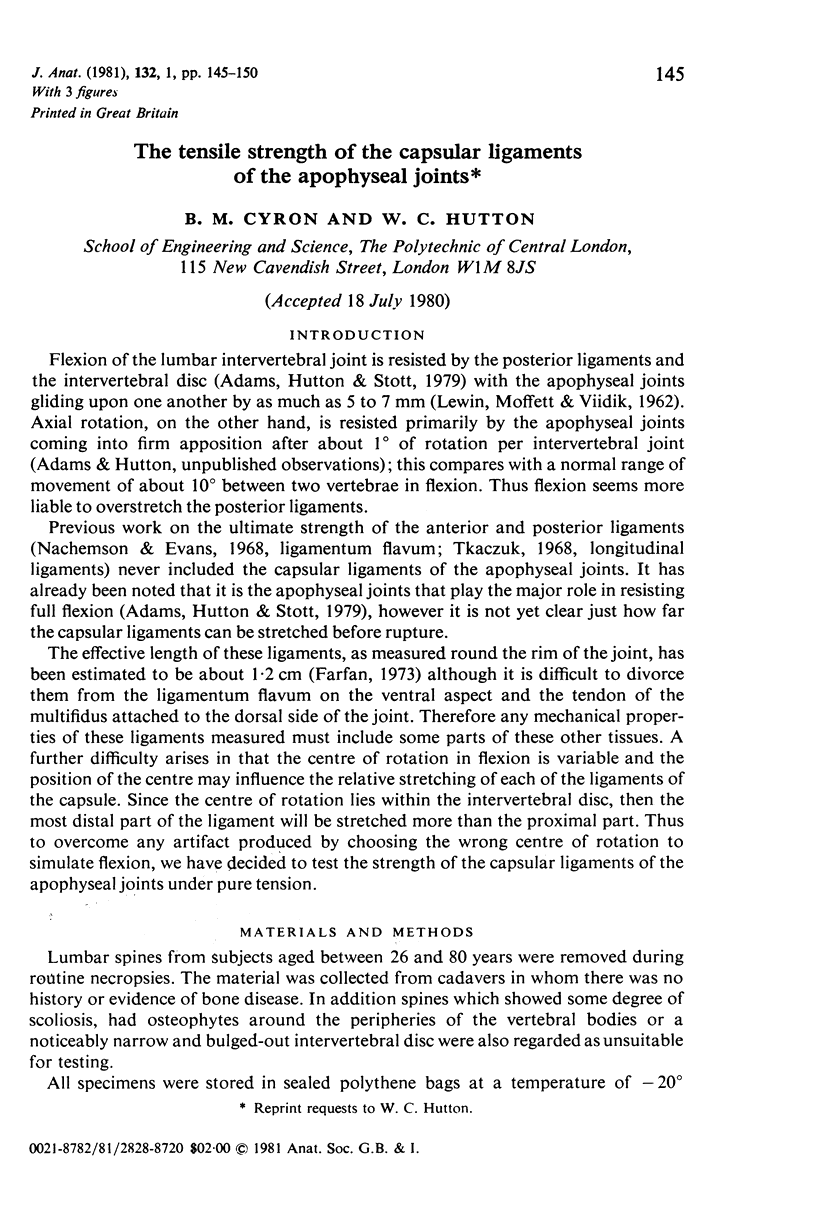
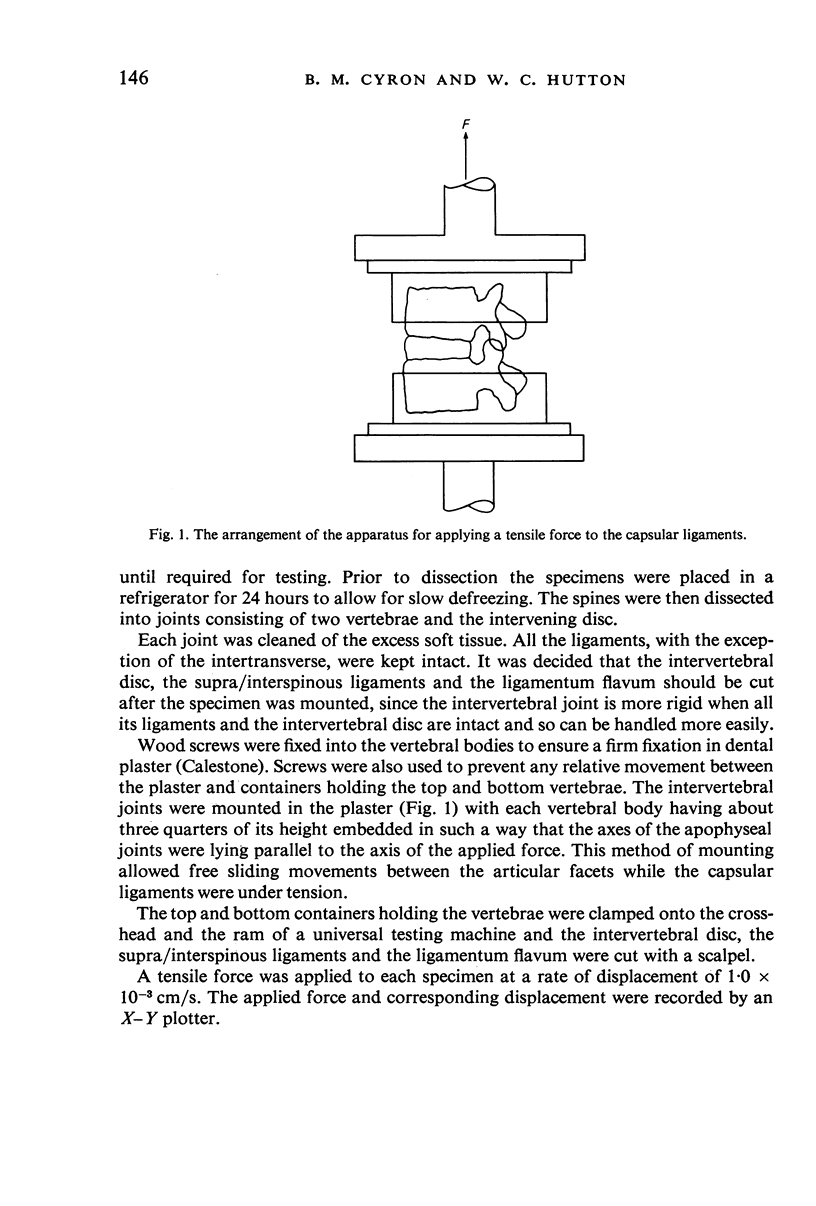
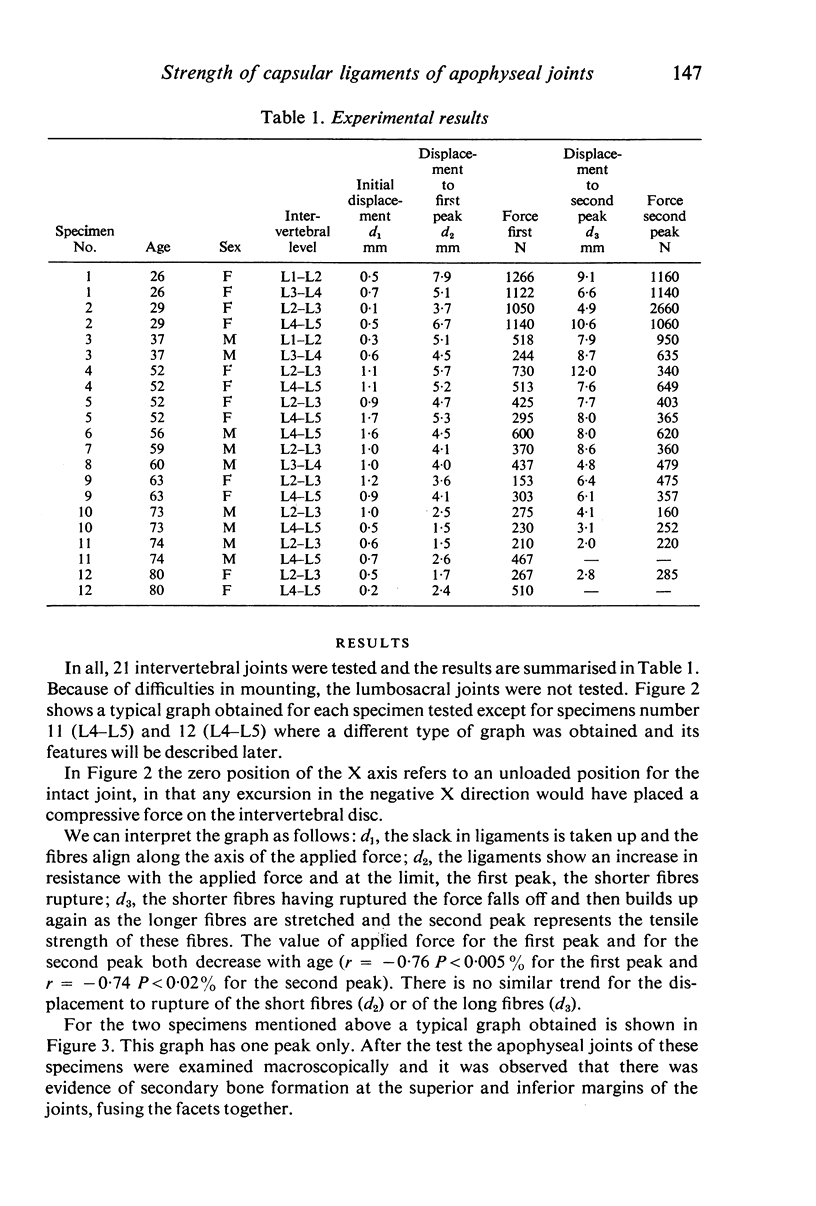
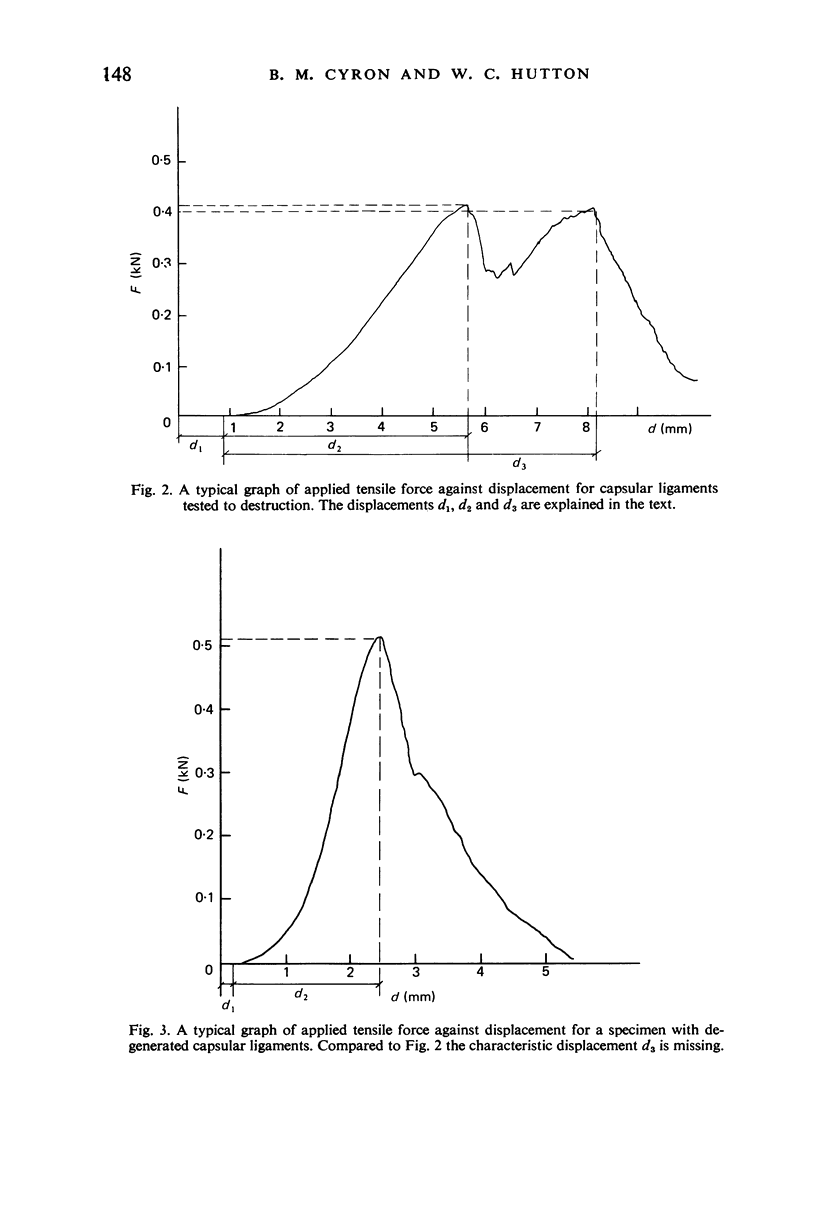
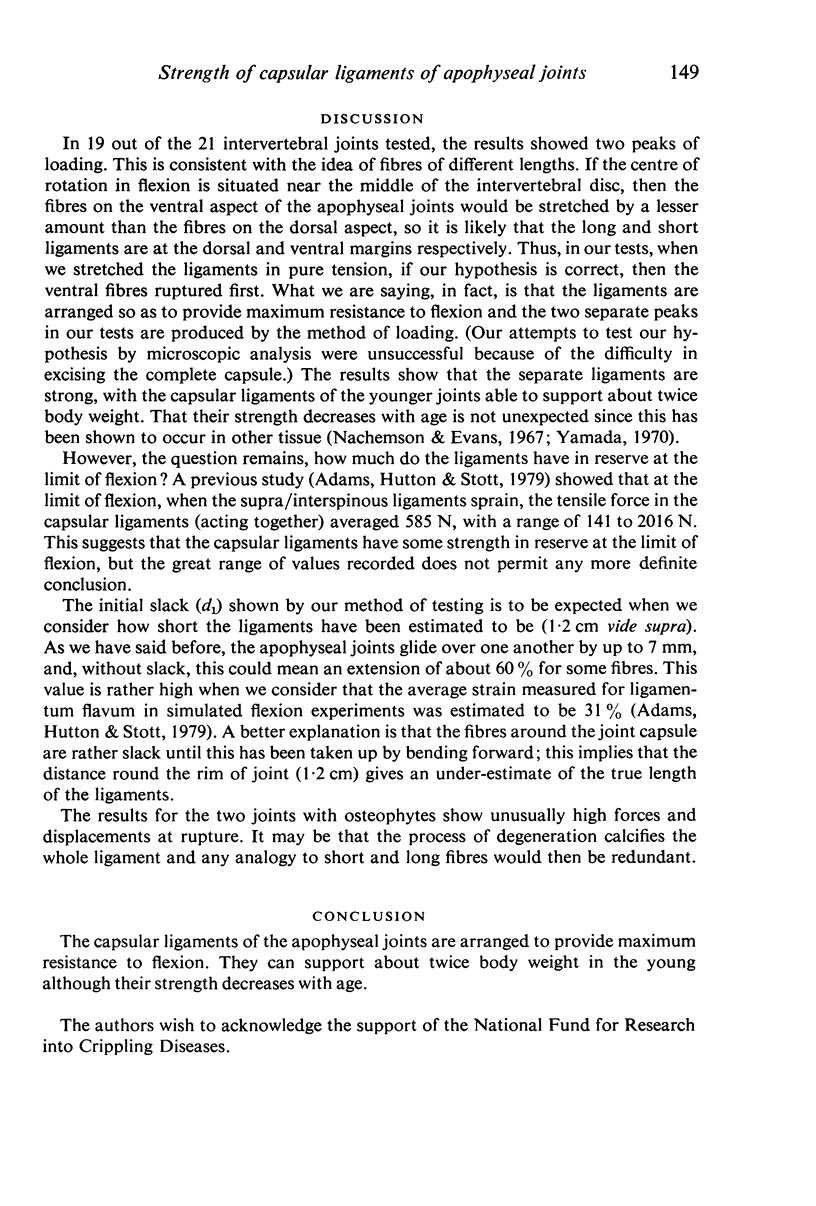
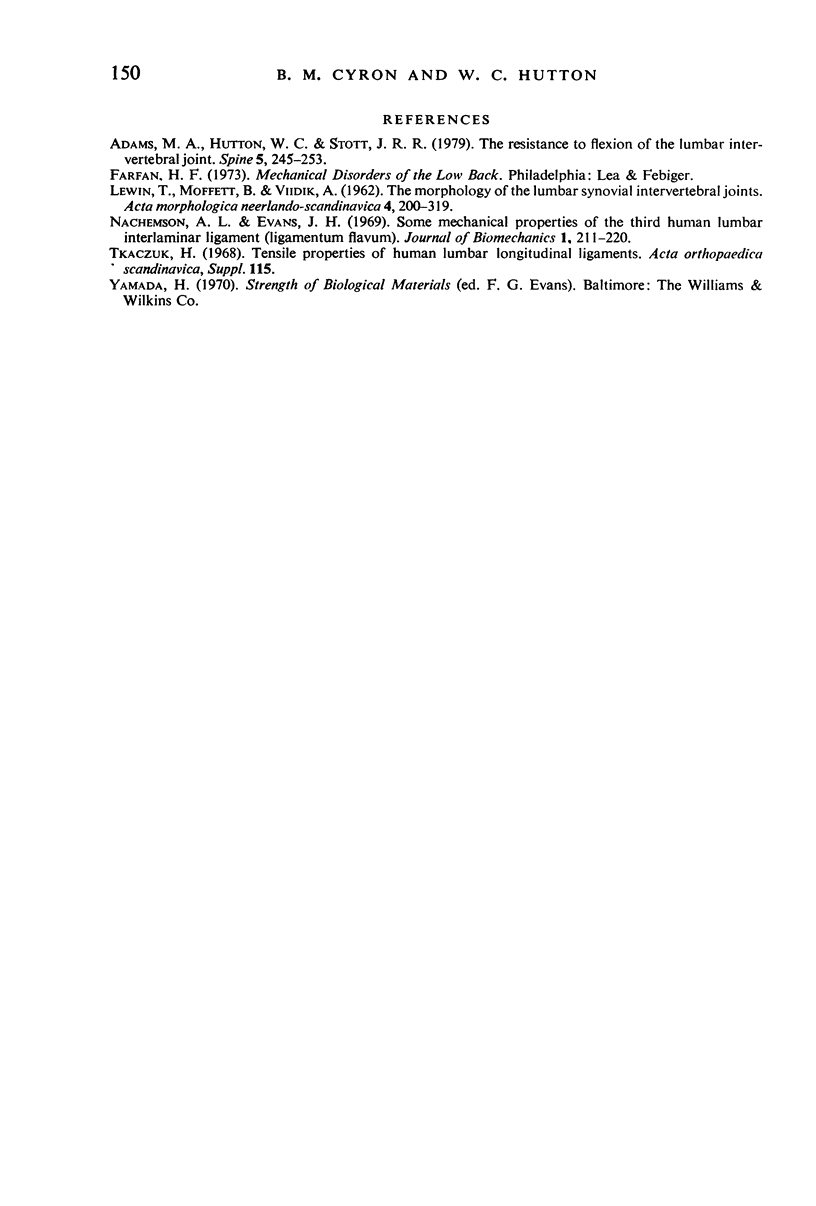
Selected References
These references are in PubMed. This may not be the complete list of references from this article.
- Adams M. A., Hutton W. C., Stott J. R. The resistance to flexion of the lumbar intervertebral joint. Spine (Phila Pa 1976) 1980 May-Jun;5(3):245–253. doi: 10.1097/00007632-198005000-00007. [DOI] [PubMed] [Google Scholar]
- LEWIN T., MOFFETT B., VIDIK A. The morphology of the lumbar synovial interveertebral joints. Acta Morphol Neerl Scand. 1962;4:299–319. [PubMed] [Google Scholar]
- Nachemson A. L., Evans J. H. Some mechanical properties of the third human lumbar interlaminar ligament (ligamentum flavum). J Biomech. 1968 Aug;1(3):211–220. doi: 10.1016/0021-9290(68)90006-7. [DOI] [PubMed] [Google Scholar]
- Tkaczuk H. Tensile properties of human lumbar longitudinal ligaments. Acta Orthop Scand. 1968;(Suppl):1+–1+. doi: 10.3109/ort.1968.39.suppl-115.01. [DOI] [PubMed] [Google Scholar]


